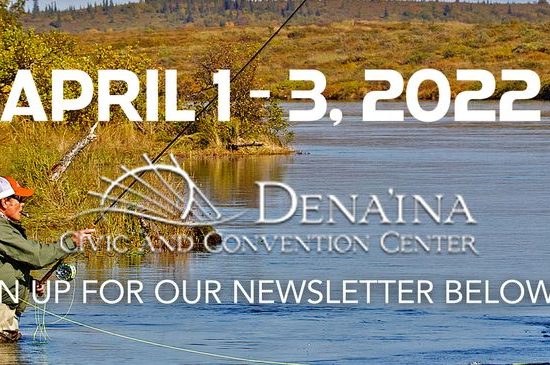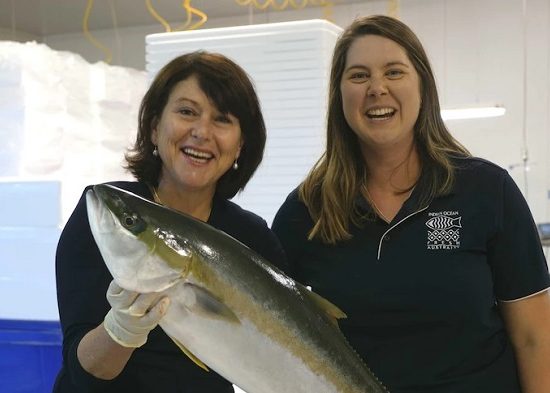Big ol’ Alaska. The state that can swallow Texas, Montana, and California with room for a New England-size dessert. The Last Frontier is vast, yet threadbare of roads. Settlements are motes on the terrain. There’s so much space, so much of it inaccessible, that the US Forest Service—charged by Congress with keeping track of the nation’s timber—readily admits that more than one-quarter of the state’s forest has never been inventoried. But that’s about to change.
The Forest Service has always counted trees, mostly so timber companies would know how many two-by-fours could be culled from a given forest. Climate change, though, has changed the agency’s focus. Trees trap carbon, pulling it out of the atmosphere, and climatologists need to know exactly how much. With that data, they can build better models, and policymakers can prepare better tomorrows. So this summer, the Forest Service joined some earth science geeks from NASA to find a way to map more of Alaska’s woods—and the carbon stored within.
But nobody’s ever flown a stateside mission over an area so large and remote.
 Every step of the Tanana Valley mission, from gathering the data by air and land to computationally chewing through it, was gargantuan. But there’s still a lot of work to do. The Tanana Valley counts for barely a fifth of Alaska’s unmapped public forestland. The team is hopeful they’ll get funded to do the rest and are also looking for opportunities to take G-LiHT abroad. Like to Siberia, which has larch forests that are crucial to carbon cycling but less charted than even Alaska’s remote woods.
Every step of the Tanana Valley mission, from gathering the data by air and land to computationally chewing through it, was gargantuan. But there’s still a lot of work to do. The Tanana Valley counts for barely a fifth of Alaska’s unmapped public forestland. The team is hopeful they’ll get funded to do the rest and are also looking for opportunities to take G-LiHT abroad. Like to Siberia, which has larch forests that are crucial to carbon cycling but less charted than even Alaska’s remote woods.
“There are a lot of stories going on in this landscape,” says Cook. “And we’re just starting to untangle what the effects of a warming climate might be.” Peppering the canopy with lasers might not seem like the most obvious way to understand climate change, but it’s a start.











